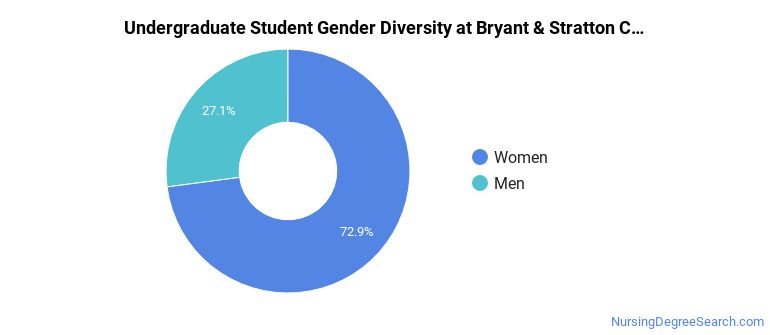Bryant & Stratton College - Parma Nursing Programs
Bryant & Stratton College - Parma is a private not-for-profit institution situated in Parma, Ohio. Bryant & Stratton College - Parma is located in a safe and convenient suburb.
Where Is Bryant & Stratton College - Parma?

Contact details for Bryant & Stratton College - Parma are given below.
| Contact Details | |
|---|---|
| Address: | 12955 Snow Rd, Parma, OH 44130-3151 |
| Phone: | 216-265-3151 |
| Website: | www.bryantstratton.edu |
How Do I Get Into Bryant & Stratton College - Parma?
You can apply to Bryant & Stratton College - Parma online at: https://www.bryantstratton.edu/utilities/applynew
Can I Afford Bryant & Stratton College - Parma?
Student Loan Debt
Almost 66% of college students who graduated with the class of 2018 took out student loans, but that percentage varies from school to school. At Bryant & Stratton College - Parma, approximately 65% of students took out student loans averaging $5,096 a year. That adds up to $20,384 over four years for those students.
Bryant & Stratton College - Parma Undergraduate Student Diversity

Gender Diversity
Of the 539 full-time undergraduates at Bryant & Stratton College - Parma, 27% are male and 73% are female.

Racial-Ethnic Diversity
The racial-ethnic breakdown of Bryant & Stratton College - Parma students is as follows.

| Race/Ethnicity | Number of Grads |
|---|---|
| Asian | 6 |
| Black or African American | 212 |
| Hispanic or Latino | 30 |
| White | 238 |
| International Students | 0 |
| Other Races/Ethnicities | 53 |
Bryant & Stratton College - Parma Nursing Concentrations
The table below shows the number of awards for each concentration.
| Major | Associate’s | Undergraduate Certificate | Bachelor’s | TOTAL |
|---|---|---|---|---|
| Registered Nursing | 63 | 0 | 0 | 63 |
| Nursing Practice | 0 | 0 | 13 | 13 |
| Licensed Practical/Vocational Nurse Training | 0 | 11 | 0 | 11 |
| TOTAL | 63 | 11 | 13 | 87 |
References
*The racial-ethnic minorities count is calculated by taking the total number of students and subtracting white students, international students, and students whose race/ethnicity was unknown. This number is then divided by the total number of students at the school to obtain the racial-ethnic minorities percentage.
More about our data sources and methodologies.
